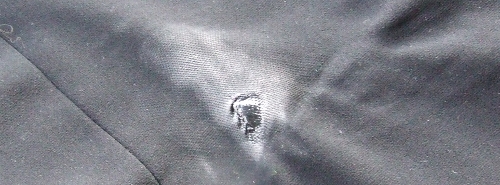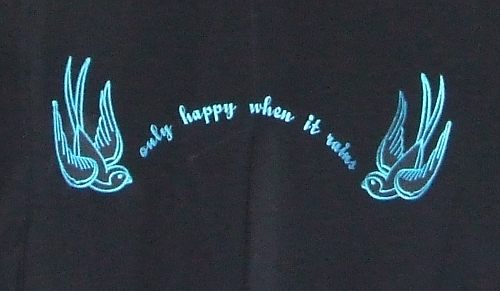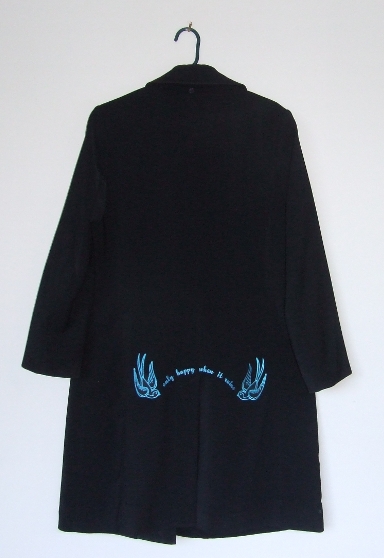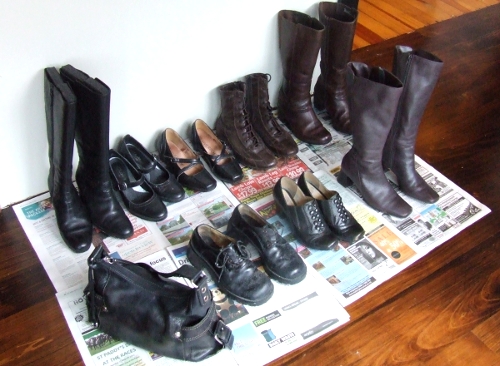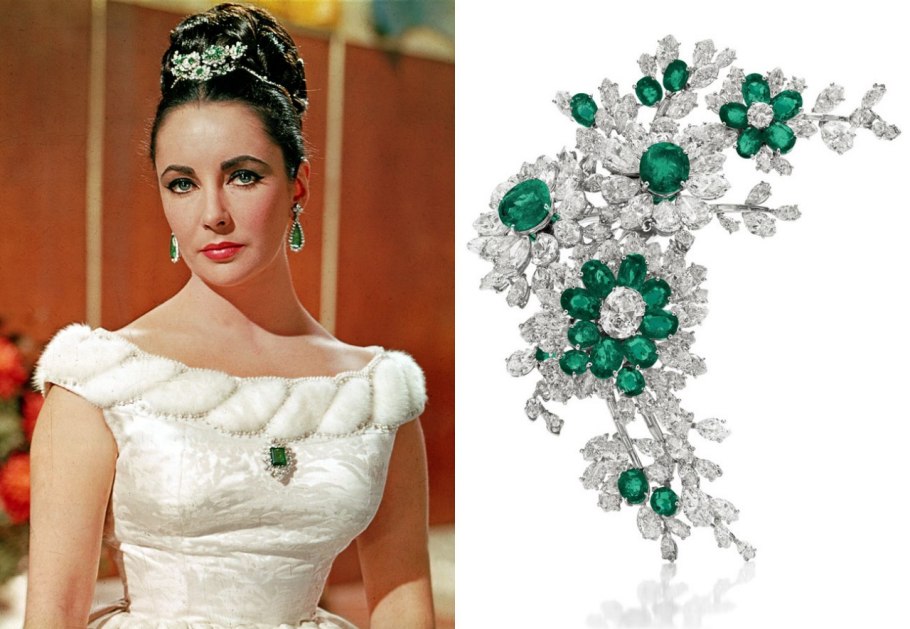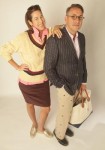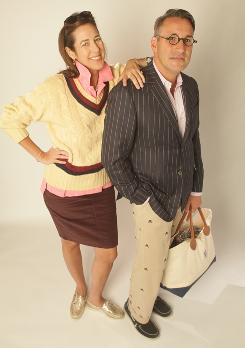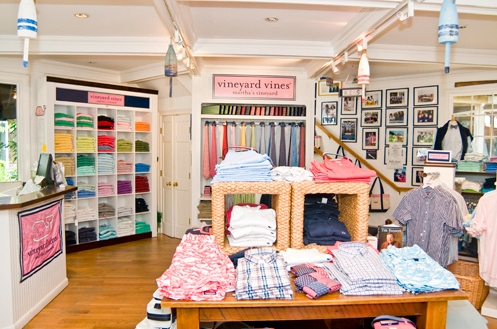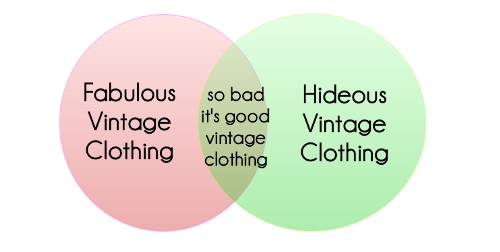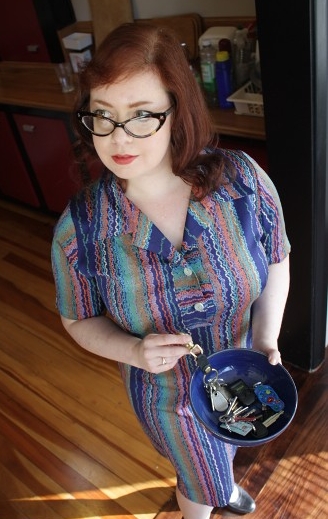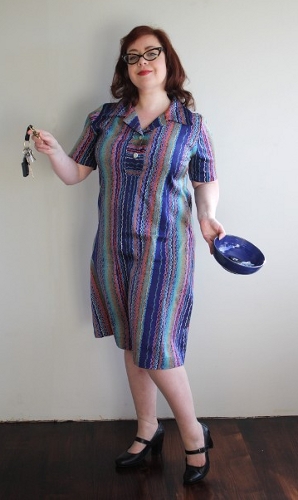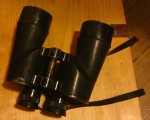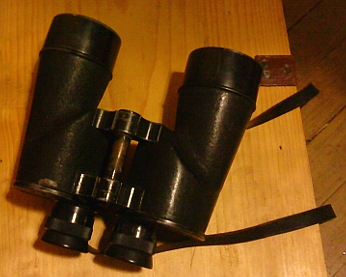 Have you noticed that overall silhouettes and color trends are the same as last year? That means it’s a good year to be a fashion cheapskate. So, as we transition into autumn and winter here in NZ, I went through my closet and thrifting finds with “Make Do and Mend” in mind. This motto still floats around the collective consciousness after its use in Britain during WWII.
Have you noticed that overall silhouettes and color trends are the same as last year? That means it’s a good year to be a fashion cheapskate. So, as we transition into autumn and winter here in NZ, I went through my closet and thrifting finds with “Make Do and Mend” in mind. This motto still floats around the collective consciousness after its use in Britain during WWII.
After the review, I had three piles; one for the next clothing swap, one for the dry cleaner, and one for repairs. The pile for repairs was dark and gloomy: blacks, brown, gray. New Zealand’s fashion “black out” has come and got me with my wardrobe basics. Seven garments needed repairs or alterations I could do at home: hem repairs, nipping in at the waist, or taking up sleeves/legs. This wasn’t celebrity-level tailoring, but it does make a difference. Most of the garments were pants – what was with all the hem stitch failures? Maybe dance classes last year had something to do with it. Knits didn’t stop me, I take knits up and in with the three-stitch knit/stretch stitch on my Janome sewing machine. And here’s how to take up jeans without losing a special hem.
Then, I confronted my raincoat. This coat is a warm, petite-sized, clean-lined raincoat – a valuable Wellington wardrobe component. Unfortunately, last year, I managed to scorch it against a space heater, bending over to scrutinize a drawer full of beaded trim at Three Buckets Full. I was left with an inch-size melted patch besmirching the behind of my coat. DERP. How to fix it?
Raincoat behind before: Sad, sad melted polyester.
Raincoat behind after: melted spot is hidden, and what’s not hidden (a small paler area) is no longer the center of attention. A line from a song unites the two birds.
The patches are from Calico Jack’s in Wellington, and the patch hot-fixing and embroidery was done by DKGM in Lower Hutt. They were bemused by this non-sportswear commission and worked with me happily. Nowadays, embroidery places can include up to 12 colors in one embroidered design and have about 200 colors to choose from. So go on and challenge them. One caveat: when a finished garment is embroidered, the embroidery goes through the lining, too. Embroidery through the lining bothered me less than a sad melted spot on my raincoat.
Finally, there were shoes. Wellington’s rain really does a number on leather. Two pairs went for resoling, and a thrifted pair of ankle boots is lined up to have its heel height reduced. Yes, you can have the heel height on a pair of tall shoes or boots reduced – by about 1 cm. Which isn’t a lot, but it can make a difference. It’s not an expensive fix, either, compared to resoling.
As for the rest, I had shoe-polish-and-leather-dye day and it looked like this:
I love that handbag to pieces – the perfect size and shape for me, it was a present from my mother. It’s two years old and after a leather dye touch-up and waterproofing, it’s still going strong.
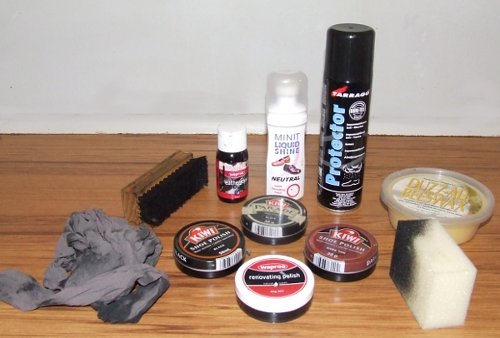
Clockwise from noon: neutral polish, waterproofing spray, beeswax formula, sponge for applying beeswax formula, shoe polishes, a pair of dead pantyhose for buffing, buffing brush, leather dye.
Here is a basic polish technique for plain leather shoes and boots. With tall boots, I generally polish them up to the ankle seam, and only touch up the leg area lightly, if required. You can also shine up patent leather and clean suede shoes.
Any fashion lover who lives in a humid climate has had the awful experience of taking a leather treasure out of the closet and finding it’s been attacked by mold or mildew. I got lucky this time around – only one pair of shoes needed mildew rescue (the dusty-looking pair with the laces in the photo). My preferred fix is cleaning the mildewed leather with a leather conditioner/cleaner (the same kind used for leather upholstery and sofas). Then I place it in a sunny area for a few days, followed by dye touchup or polishing. Light reconditioning is the last step. Don’t condition items too richly in humid climates – that helps mold grow. Don’t store items in humid areas, and check them every couple of months. If a leather coat has that mildew smell in the lining, you are stuck taking it to the specialist leather cleaner.
Now I feel the way we’re all supposed to feel after one of those closet clean-outs – satisfied and reminded of formerly buried favorites. Once those shoes sitting in the sun dry out, I am content.
